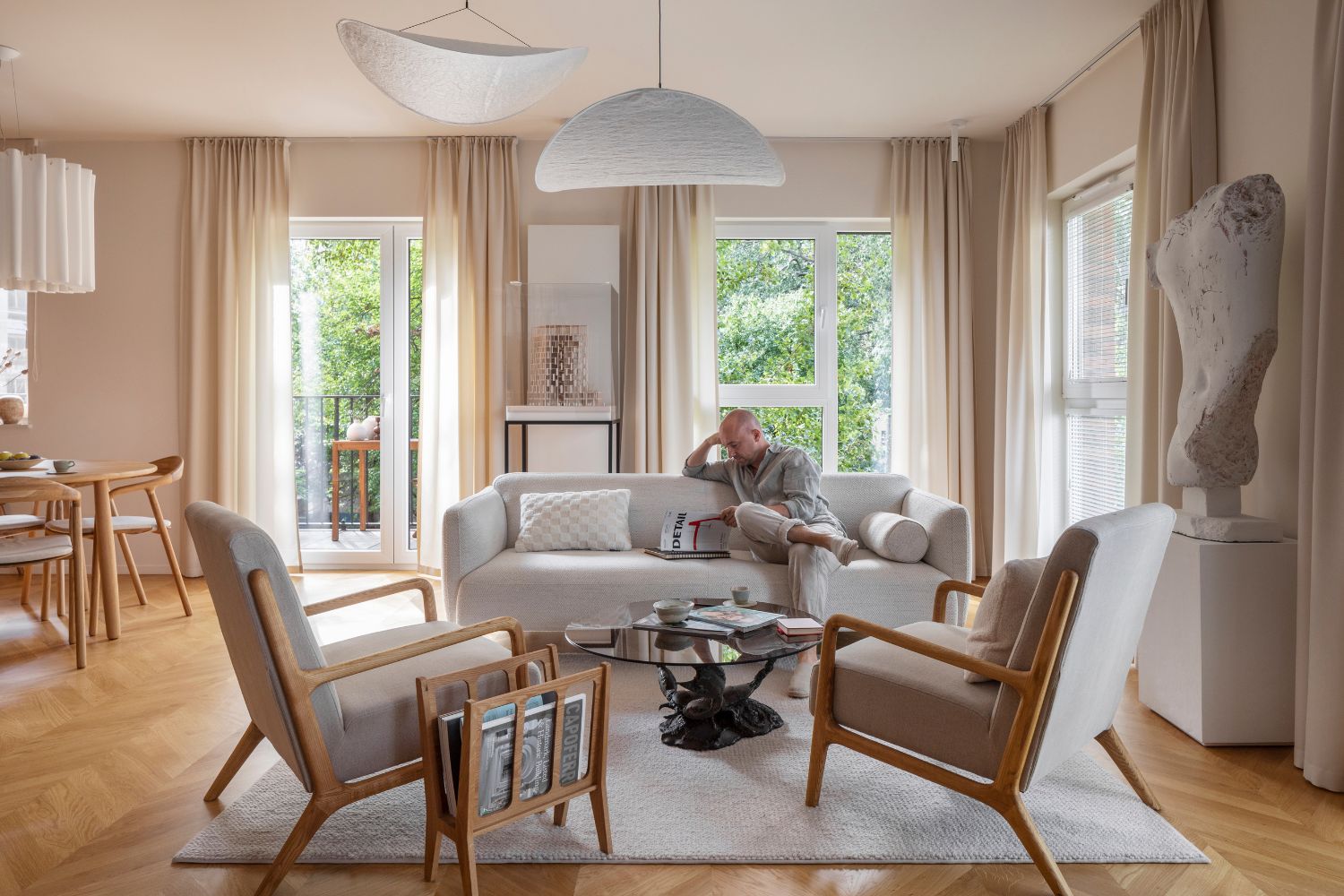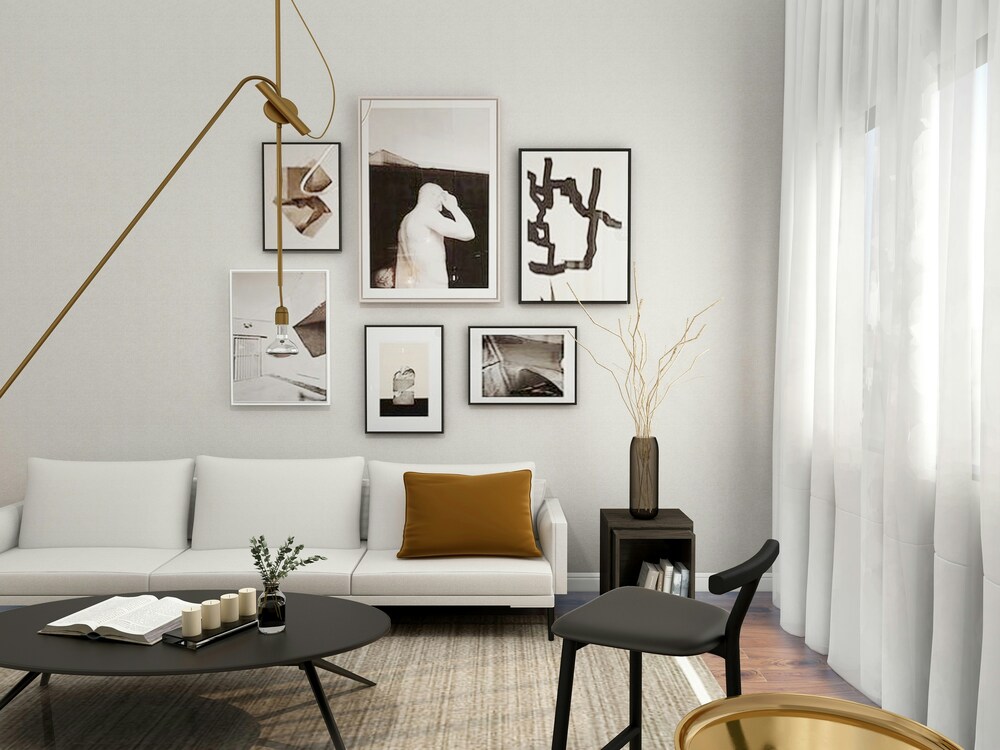- Home
- Articles
- Architectural Portfolio
- Architectral Presentation
- Inspirational Stories
- Architecture News
- Visualization
- BIM Industry
- Facade Design
- Parametric Design
- Career
- Landscape Architecture
- Construction
- Artificial Intelligence
- Sketching
- Design Softwares
- Diagrams
- Writing
- Architectural Tips
- Sustainability
- Courses
- Concept
- Technology
- History & Heritage
- Future of Architecture
- Guides & How-To
- Art & Culture
- Projects
- Interior Design
- Competitions
- Jobs
- Store
- Tools
- More
- Home
- Articles
- Architectural Portfolio
- Architectral Presentation
- Inspirational Stories
- Architecture News
- Visualization
- BIM Industry
- Facade Design
- Parametric Design
- Career
- Landscape Architecture
- Construction
- Artificial Intelligence
- Sketching
- Design Softwares
- Diagrams
- Writing
- Architectural Tips
- Sustainability
- Courses
- Concept
- Technology
- History & Heritage
- Future of Architecture
- Guides & How-To
- Art & Culture
- Projects
- Interior Design
- Competitions
- Jobs
- Store
- Tools
- More
Unlocking Scandinavian Design: Embrace Simplicity and Functionality at Home
Delve into the secrets of Scandinavian design with our detailed guide. Understand how simplicity, functionality, and a serene atmosphere are achieved through minimalist furniture, natural lighting, and cozy textiles. Discover a lifestyle that transcends geography and promotes clutter-free, inviting living spaces.

When we think of Scandinavian design, two words immediately spring to mind: simplicity and functionality. It’s a design ethos that’s become globally renowned, and for good reason. The clean lines, the muted colors, and the emphasis on practicality aren’t just aesthetically pleasing, they’re also a reflection of the Scandinavian lifestyle.
But what’s the secret behind this design philosophy? How have designers from this region managed to create such timeless, functional pieces? We’re about to delve into the heart of Scandinavian design, to uncover the secrets that make it so distinctive and sought-after. So, sit back, relax, and prepare to be inspired by the beauty of simplicity and functionality.
Table of Contents
ToggleKey Principles of Scandinavian Design
Unveiling the secrets of Scandinavian design unveils the keys to its incredible simplicity and undisputed functionality. We’ll delve deeper into each principle, shedding more light on each core pillar of this iconic design philosophy.

Minimalism
Discover the effectiveness of less is more. Scandinavian design embodies minimalism, using only what’s needed. It shies away from excess, focusing on clear lines, simplicity, and understated elegance. Designers from the region have consistently shown an ability to create timeless pieces by centering minimalism. Scandinavian furnishings and accessories are often characterized by fine craftsmanship and high-quality materials, which contribute to the minimalist aesthetic.
Functionality
Functionality lies at the heart of Scandinavian designs. It’s not about creating minimalist artwork that just catches the eye, but rather creating designs that meet the needs of the end user. Objects should not just be visually appealing, but also purposeful and practical. This is what sets Scandinavian design apart from many other design philosophies; they prioritize functionality equally, if not more, alongside aesthetics.
Natural Light
Natural light plays a fundamental role in Scandinavian design. With long winters and short days, there’s a need to maximize daylight — a feature that has greatly influenced the direction of Scandinavian designs. Spaces are often designed to let in as much light as possible. This is achieved using large windows, bright interiors, and reflective surfaces. This focus on natural light creates warm, inviting, and tranquil environments, enhancing the overall sense of wellbeing and happiness. This key characteristic is hence integral to the success of this design philosophy.
As we take these principles into account, their impact on Scandinavian design becomes clearer. We start to see why this design approach continues to be loved worldwide with its perfect blend of minimalism, functionality, and an emphasis on natural light. Rectangular shapes, clean lines, natural materials, and muted colors are part of the continued story we’re sharing about overcoming the complexity of design through simplicity, elegance, and practicality.

Characteristics of Scandinavian Design
Scandinavian design’s appeal lies in its unique blend of simplicity, functionality, and elegance. Thanks to its distinct characteristics, it continues to capture the admiration of design enthusiasts worldwide.
Neutral Color Palette
One defining trait is the use of a Neutral Color Palette. This choice reflects the design philosophy’s commitment to simplicity and minimalism, steering clear of flamboyant designs and bright colors. Instead, it embraces a soothing, muted palette of whites, greys, and earth tones, mimicking the natural landscapes of Scandinavia.
Included in the neutral palette are shades that reflect the natural light, a critical element in Scandinavian decor. This technique offers a light and airy feel to living spaces, enhancing the calming atmosphere.
Clean Lines
Next, the defining characteristic of Scandinavian design is the presence of Clean Lines in its furniture and decor. This approach abides by the design principle of ‘form follows function’, favoring simple, streamlined shapes that are as practical as they are beautiful.
Heavily inspired by mid-century modern design, slender and modern furniture items with clean lines take the center stage. Bold curves or elaborate ornamental details rarely feature in this design style, reflecting its commitment to minimalism and practicality.

Cozy Textures
Lastly, the Scandinavian design philosophy’s emphasis on well-being is apparent in the use of Cozy Textures. This style places a premium on creating warm, inviting spaces where people love spending time. Primarily given the region’s harsh winters, incorporating soft, layered textiles like cashmere or wool is quite common. It’s their secret weapon against the cold, introducing an element of comfort without compromising on elegance. These lush materials provide a stark yet harmonious contrast to the clean lines and pale color palettes, rounding off the distinct look and feel of Scandinavian interiors.
Given today’s constant desire for simplicity combined with beauty, it’s no surprise that Scandinavian design principles continue to win over modern designers and homeowners alike. The style’s remarkable blend of functionalism, minimalism, and a deep-rooted connection to nature is indeed a recipe for timeless appeal.
Incorporating Scandinavian Design in Your Home
Bringing the Scandinavian design into your home might seem like a daunting task, especially if you’re not familiar with its key elements. But let us assure you, it’s simpler than you think. Understanding and implementing the basic principles can transform your space into a cozy, modern, and functional Scandinavian-style home. Let’s dive deeper into some specifics on furniture selection, lighting choices, and textiles and accessories.
Furniture Selection
When it comes to Scandinavian design, the furniture choice holds paramount importance. The key is to embrace the minimalist approach, garage sales, and vintage stores can be your best friends here. Look for pieces with clean lines that serve a purpose. Remember, in Scandinavian design, each item must serve a function.
Here are some essentials to consider:
- A modern-style sofa with sleek lines and a neutral color.
- Multi-functional pieces like nesting tables or storage coffee tables.
- Mid-century modern classics like an Eames chair.
These selections not only promote a minimalist aesthetic but also optimize space utilization, a cornerstone of Scandinavian design.

Lighting Choices
Living in regions with limited daylight inspired Scandinavians to shine a spotlight on lighting designs. Natural light is the best light, so make sure you’re allowing as much of it into your space as possible.
Consider these tips when choosing lighting:
- Large windows with minimal treatments enhance natural light.
- Layered lighting works well, consider a mix of overhead, floor, and table lamps.
- When daytime fades, rely on warm, soft illumination from multiple light sources, rather than one harsh direct light.
By properly strategizing lighting in your home, you’ll capture the bright, airy feeling that characterizes Scandinavian interiors.
Textile and Accessories
Last but not least, textiles and accessories play a pivotal role in Scandinavian design. They complement the overall minimalist feel while adding warmth and coziness to the setting. Embrace cozy textures like cashmere and wool in blankets, throw pillows, and rugs.
While selecting accessories, remember these:
- Keep it minimal, less is more.
- Choose neutral-palette for larger pieces, adding pops of color with accessories.
- Use greenery and indoor plants to add a touch of nature
As we incorporate these elements into our homes, we not only create a minimalist and bright setting but also ensure the space is cozy, inviting, and comfortably stylish. Understanding and embracing the principles of Scandinavian design can lead to rooms that are beautiful, functional, and easy to maintain. You’ll find that a few key investments can turn your home into a modern Scandinavian sanctuary.

Conclusion
Incorporating Scandinavian design in our homes isn’t just about blending pleasing aesthetics. It’s a deliberate pursuit of simplicity, functionality, and serenity. By now, we’ve explored the significance of key elements like furniture selection, lighting, and textiles. But it’s still worth revisiting these basics to truly grasp the essence of Nordic interiors.
The minimalist approach to furniture is not just a stylistic choice but an outright celebration of functionality and purity. This means opting for pieces that resonate with the concept of “less is more”. It’s worth striving for clean lines and multi-functional pieces that can serve multiple purposes without causing clutter. Key here is the importance of open spaces that serve to accentuate the actual furniture pieces in the room.
Venturing into lighting, there is a deep appreciation for natural light that stems from a culture accustomed to long, dark winters. Despite our different geographical locations, we can still emulate the same bright and airy feel. Layered lighting with an emphasis on natural light brings us closer to the goals. Dimmers, table lamps, floor lamps are all instruments in our toolkit to create a pleasing ambiance that brightens up the home throughout the day.

Textile selection carries equal weight for those striving for Scandinavian design. It isn’t just about aesthetics but a fusion of beauty and comfort. Embracing warm textiles like cashmere and wool adds an instant element of coziness without sabotaging the minimalist aesthetic
Lastly, the role of accessories in a Scandinavian décor is to add a human touch without overcrowding the space. In other words, it’s about striking a balance — welcoming enough accessories that add personality and warmth, yet not too many that the space feels cluttered.
So as we continue to delve deeper, always remember, the popularity of Scandinavian design isn’t solely tied to its look. It’s about a lifestyle—embracing simplicity, functionality while creating a serene and welcoming environment. We can all bring elements of it into our homes, no matter where we live, and we’ll continue guiding you on how to do that in subsequent sections.
Submit your architectural projects
Follow these steps for submission your project. Submission FormLatest Posts
BXB Studio’s Hybrid Interior: Redefining the Modern Architectural Workplace
The Warsaw headquarters of BXB Studio was established in a modest 70...
5 Must-Know Interior Design Trends in American Homes
From warm minimalism to bold oversized artwork, these five interior design trends...
How Open Kitchens Create a Sense of Space Indoors (Without Sacrificing Function)
Open kitchens: see how sightlines, lighting, and smart layouts make rooms feel...
The Revival of Chunky Fiber Crafts in Modern Interior Design
Contemporary interior architecture has shifted away from hard minimalism. After a decade...












Leave a comment